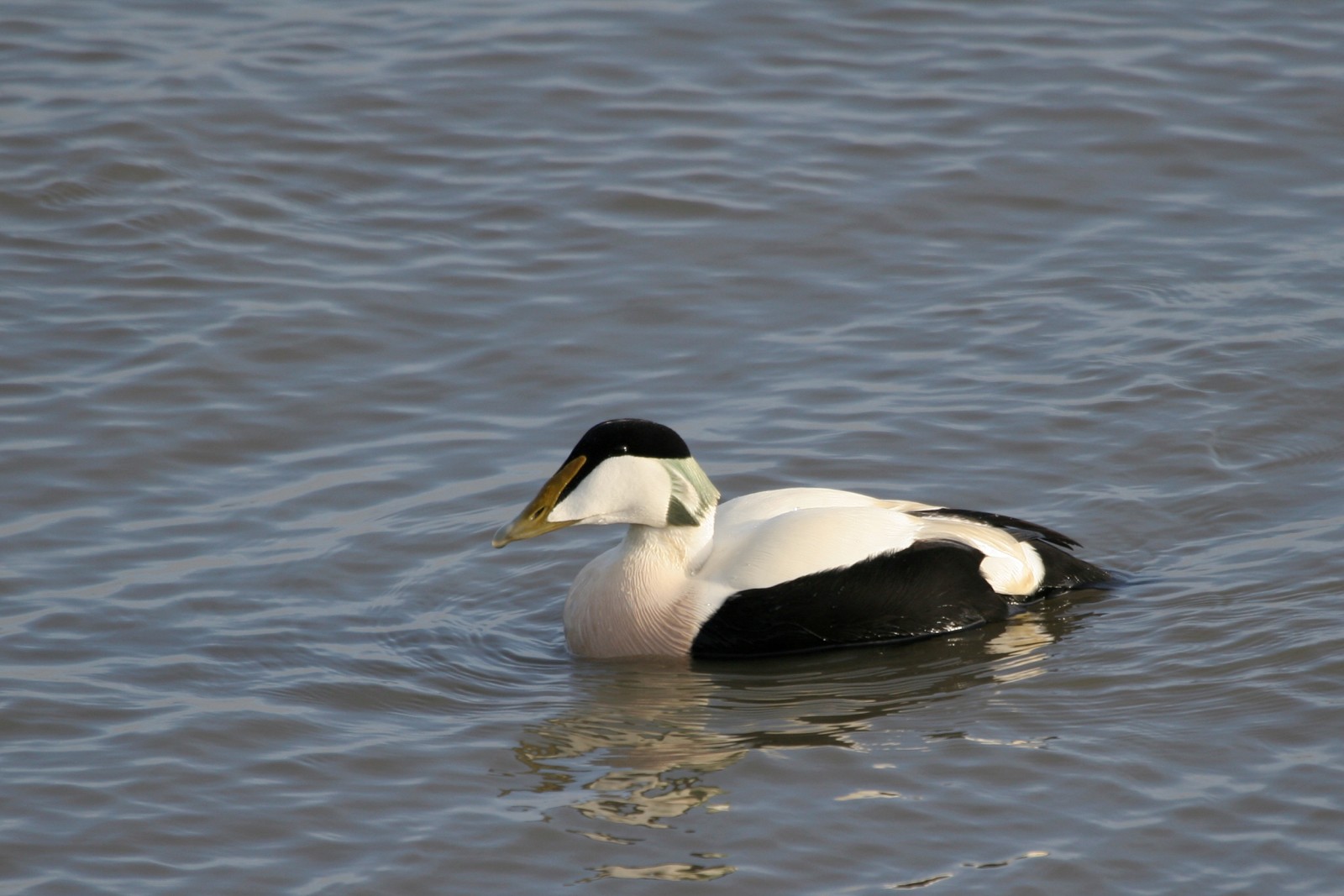Opis
At 19 km², Jeløya is the largest island in the Oslofjord and it is sometimes called the Pearl of the Oslo Fjord. The special soil here is the reason for its biological and botanical diversity. This whole section of the island has been designated as a protected landscape area. Refsnes Jeløy has woodlands, sea, beaches, rich marshlands and is kind of an undisturbed wildlife area. Birds seen both summer and winter. Here you can find breeding species such as siniak, dzięcioł zielony, dzięcioł czarny, dzięciołek, świstunka leśna, sikora uboga and grubodziób. In recent years, dzięcioł trójpalczasty has been seen regularly as well. Jeløya also offers good habitat for ducks, gulls and shorebirds, particularly near its southern tip. During migration you can also see migrating passerines, raptors and seabirds.
Szczegóły
Dostęp
There are many trails to explore the area. The suggested route on the Birdingplaces-map below is 6 km. This tour starts from Refsnesbukta, following the wooded cliffs up towards a hill with great views. Further through the forest to the farm road up towards Ramberg. From the parking lot there is a marked path towards Rambergåsen. This path continues north and down into old forest. The path faces west and goes back towards the parking lot, it crosses the road, then back towards Refsnesbukta. But you can also follow the route on your phone.





